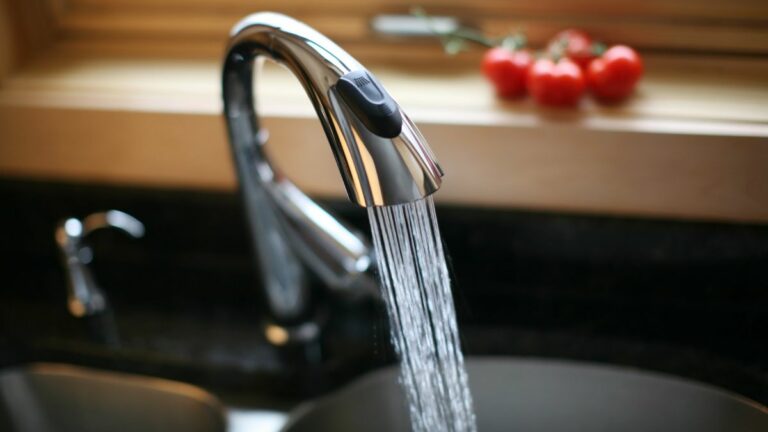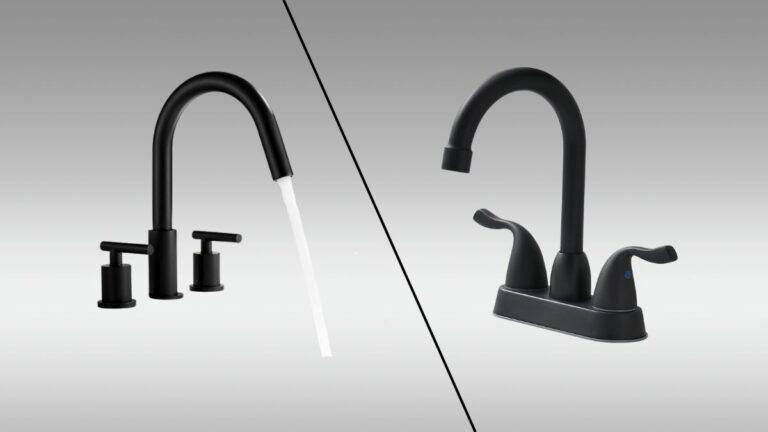How To Fix Kitchen Sink Drain
A malfunctioning kitchen sink drain can throw a wrench in your daily routine, turning simple tasks into frustrating ordeals. Whether it’s slow draining water, persistent clogs, or annoying leaks, understanding how to fix these issues yourself can save you time and money. This guide will walk you through identifying common problems, the tools you’ll need, and clear repair steps to get your kitchen sink back in top shape.
Identifying Common Kitchen Sink Drain Problems
Before you jump into repairs, it’s crucial to pinpoint what’s wrong with your sink drain. The most frequent issues include:
- Clogs: These occur when food particles, grease, soap scum, or hair build up and block the pipes.
- Leaks: Typically found at pipe joints, drain traps, or the connection between sink and pipes.
- Slow Draining: Often a sign of partial clogs or venting problems.
Knowing exactly what you’re facing helps you apply the right fix without unnecessary hassle. For instance, a leaking drainage joint requires tightening or replacing seals, whereas clogs demand cleaning methods. Start by observing your sink’s behavior, notice water flow speed, unusual odors, or dripping under the sink.
Tools And Materials Needed For Repair
Having the right tools ready can make all the difference. Here’s what you’ll typically need when fixing a kitchen sink drain:
- Plunger: Essential for clearing simple clogs.
- Pipe wrench or adjustable wrench: To loosen and tighten nuts and connections.
- Bucket: To catch water when disconnecting pipes.
- Plumber’s tape (Teflon tape): For sealing pipe threads.
- Drain snake or auger: Helps break through tougher blockages.
- Rubber gloves: Keeps your hands clean and protected.
- Cleaning tools: Old toothbrush, scrub brush, or cloths.
- Sealant or plumber’s putty: To reseal joints and sinks.
Gathering these items beforehand means you won’t need to stop mid-repair to run to the store.
Step-By-Step Guide To Fixing A Clogged Kitchen Sink Drain
Fixing your kitchen sink drain can be tackled effectively step by step. Here’s how:
How To Repair A Leaking Kitchen Sink Drain
- Place a bucket beneath the leak to catch dripping water.
- Identify if the leak is at a joint, compression nut, or pipe.
- Tighten fittings carefully with an adjustable wrench, don’t overtighten to avoid damage.
- If tightening doesn’t help, disassemble the joint, clean old plumber’s putty or sealant, and apply fresh to reseal.
- Replace worn-out washers or O-rings.
- Reassemble and test for leaks by running water.
How To Unclog The Drain Using Natural Methods
- Remove any visible debris from the sink drain.
- Boil a kettle of water and pour it slowly down the drain in stages, allowing it to work its way.
- Follow with a mixture of half a cup baking soda and half a cup white vinegar poured down the drain.
- Cover the drain with a plug and wait 15 minutes to let the reaction loosen grime.
- Flush again with boiling water.
- Use a plunger if water still drains slowly.
Using Chemical Drain Cleaners Safely
Chemical cleaners can clear stubborn clogs but must be used cautiously:
- Always follow the manufacturer’s instructions.
- Wear gloves and eye protection.
- Ensure the area is well ventilated.
- Never mix chemical cleaners: this can produce dangerous fumes.
- Avoid frequent use to protect your pipes from damage.
Chemical options should be a last resort after natural methods.
Dealing With A Slow Draining Sink
A slow draining kitchen sink often signals a partial clog or venting issues:
- Partial clog: Grease or debris lines the pipes, restricting flow. Use a drain snake or repeat natural cleaning methods.
- Vent pipe blockage: Plumbing vents equalize pressure in drainage systems. A blocked vent can cause slow drainage or siphon traps dry, letting in sewer gases.
To check vents, observe if multiple drains back up simultaneously or if gurgling sounds occur. If you suspect vent issues, it might be best to consult a professional since vent repairs can require roof access and specialized tools.
When To Call A Professional Plumber
While many kitchen sink drain problems you can tackle, some situations demand expert help:
- Persistent leaks after multiple repair attempts.
- Sewer odors even though clearing the trap.
- Repeated clogs that quickly return.
- Damaged or corroded pipes.
- Complex venting or main line obstructions.
Calling a licensed plumber ensures correct diagnosis and safe, lasting repairs. It’s also wise if you’re uncomfortable working under the sink or using plumbing tools.
Preventive Maintenance Tips To Avoid Future Drain Issues
Stopping problems before they start is easier than fixing them. Keep your kitchen sink drain happy with these tips:
- Avoid pouring grease down the drain: Let it solidify and dispose of it in the trash.
- Use a drain strainer: Catch food scraps and debris before they enter pipes.
- Flush drains regularly with hot water: Helps dissolve build-up.
- Monthly baking soda and vinegar treatment: Keeps pipes clear without harsh chemicals.
- Be mindful about what goes down: No coffee grounds, eggshells, or fibrous vegetables.
- Check under the sink for leaks regularly: Early detection saves costly repairs.
Maintaining these habits will reduce the chance of clogs and leaks significantly.
Conclusion
Fixing your kitchen sink drain doesn’t have to be a mystery or an expensive chore. With some basic tools, a clear approach, and preventive care, you can handle most common issues confidently. Remember, start by identifying the problem accurately, follow the natural remedies, and don’t hesitate to seek professional help for complex problems. A smooth-running kitchen drain keeps your household flowing effortlessly, turning what could be a stressful task into a manageable one, and with these tips, you’ll be prepared for whatever your sink throws at you next.


